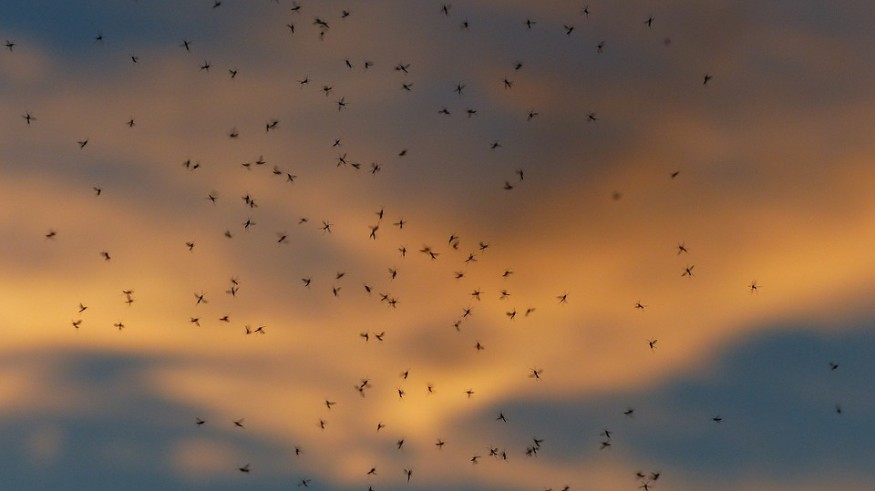
An international team of scientists is conducting controversial research on genetically modified mosquitoes in Italy. The test is designed to examine altered mosquitoes that could provide a potential new weapon to combat malaria, which prevails to be the one of world's deadliest illnesses alongside dengue.
The mosquitoes are a new kind of genetically modified organism. The insects, members of the species that carry malaria, were modified using the CRISPR (pronounced as "crisper") to transmit DNA known as a "gene drive." It is designed to quickly handle the genetic alteration through whole populations of the species.
The genetic mutation is intended to clean the population of malaria-transmitting mosquitoes in the wild, making their population fall. That would ideally help stop the spread of the sickness. The experiment, however, is controversial as a result of fears that the genetically modified mosquitoes could cause unintended outcomes on nature if they were released in the wild.
The mosquitoes are being tested in a specially designed, high-security laboratory in Terni, Italy. The test is made to copy the natural environment in sub-Saharan Africa—and to ensure no insect could escape.
Genetically modified mosquitoes
There are criticisms that the introduction of genetically modified genes to non-target species may have negative consequences for both human and environmental health.
Oxitec, a company that spun out of research at Oxford University in the early 2000s, developed and trademarked GM FriendlyTM mosquitoes (also known as strain OX513A of Aedes aegypti). The male genetically modified mosquitoes have a "self-limiting" gene as what the company described.
It means that their offspring inherit the self-limiting gene when these "friendly" mosquitoes mate. It is supposed to stop them from evolving into adulthood phase.
Changes to the gene pool
Field trials involving recurring releases of FriendlyTM mosquitoes demonstrated a reduction of nearly 95% of target populations in Brazil, according to research published by Oxitec researchers in 2015. Experiments in these field trials were not performed to assess whether genetically modified post-released mosquitoes might survive in the wild.
Powell lab's research at Yale University confirmed that several offsprings of genetically modified mosquitoes did not die from the self-limiting lethal gene. Instead, it survived through the adulthood phase. They were likewise able to develop with domestic mosquitoes and introduced to some of the genes into the wild population.
The researchers from Yale likewise disproved the claim that genes from the released strain would not make it to the general population because offspring would die. They discovered that mosquitoes which they captured from the 12 to 30 months post-release carried DNA from the genetically modified mosquito population.
Five to 60% of the captured post-released mosquitoes likewise contained genetic sequences inherited from the FriendlyTM mosquitoes. The number of mosquitoes also had DNA acquired from genetically modified mosquitoes which declined during the 12- to 27-month capture periods. It indicated that the offsprings of the mosquitoes might be less fit to live in the wild.
Unknown potential impacts
The result of mosquitoes carrying these new genes remains to be mostly unknown. A new breed of mosquito might emerge that is more difficult to control, as the scientists in Italy have been researching. These new genes could also potentially alter evolutionary pressures on viruses carried by mosquitoes, like dengue fever, in unpredictable ways. These are possible risks that have been raised by scientists and reflect the need for further study.
To date, public pushback has temporarily prevented the release of genetically modified mosquitoes in the Florida Keys. Oxitec expects to secure approval from the U.S. Environmental Protection Agency to perform field trials and assess the version of another set of genetically modified mosquitoes that causes mortality rates in female mosquitoes only to collapse the wild populations.
© 2025 NatureWorldNews.com All rights reserved. Do not reproduce without permission.





